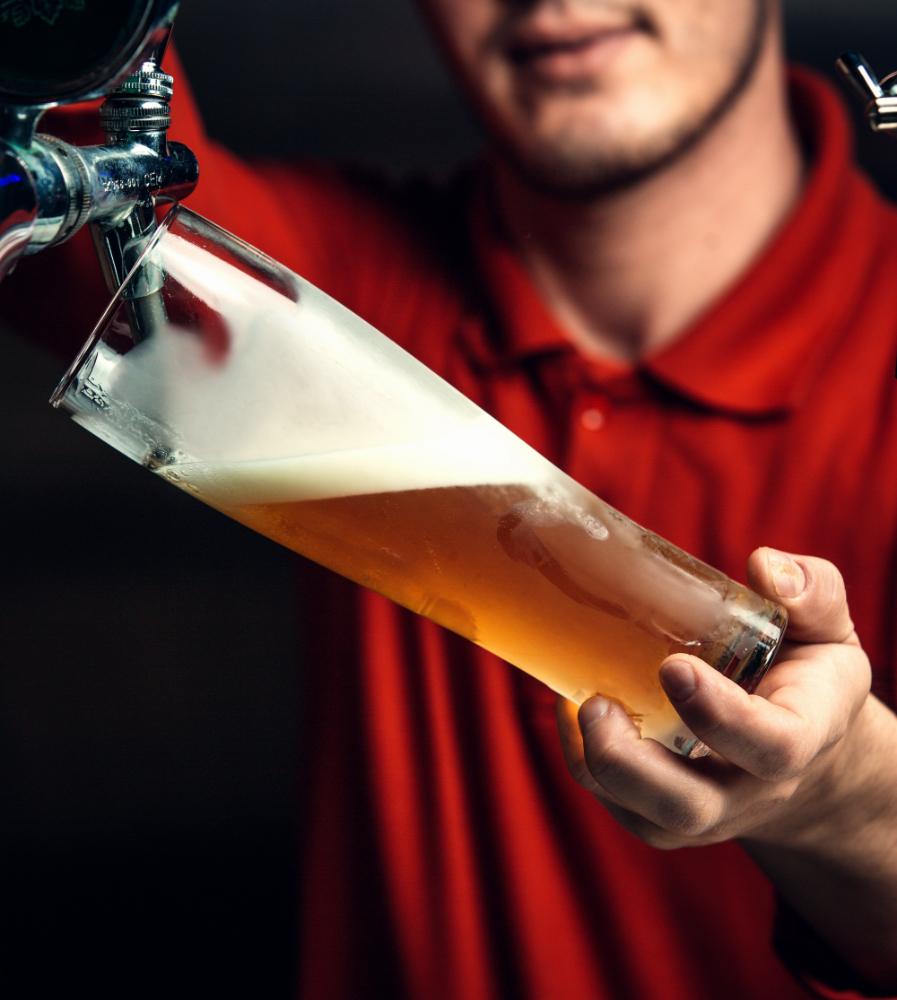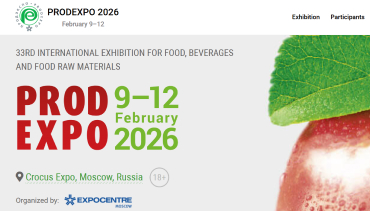Starting from 2026, the excise tax on beer in Russia will increase by 10%

Starting from January 1, 2026, new excise taxes on alcoholic beverages will come into force in Russia, and although the focus is on wines and spirits, the consequences for the beer market will be no less noticeable. According to the draft amendments to the Tax Code, the excise tax rate on beer will increase by 10% and amount to 33 rubles per liter (against 30 rubles in 2025). For comparison, in 2020, the excise tax was 21 rubles, which means that in six years the increase will exceed 57%.
Experts estimate that only due to the increase in excise taxes and VAT, the cost of a liter of beer can increase by at least 7-8 rubles, and taking into account the rise in prices of packaging, logistics and raw materials — up to 10-12 rubles in retail. According to Rosstat, in 2024 the average price of a liter of beer in a store was 135 rubles, and by the middle of 2025 it was already about 149 rubles. Thus, by the beginning of 2026, the average price may approach 160 rubles per liter.
Cost pressure
The raw material factor will have a special impact. In 2025, the average price of malted barley in the Central Federal District was about 17.8 thousand rubles/ton, which is 14% higher than the average of the last five years.
A sharp acceleration in the growth of excise taxes
The current rate adjustment significantly exceeds the government’s initial plan. Initially, the Ministry of Finance expected to raise the excise tax on beer by about 1 ruble per year. However, in 2025, the growth immediately amounted to 4 rubles (from 26 to 30 rubles), and in 2026, another plus of 3 rubles is expected. Thus, the actual workload increases 3-4 times faster than the forecasts of the Ministry of Finance announced in 2021-2022.
Market dynamics
Retail beer sales in Russia are showing a negative trend. According to the Beer Producers Association, the market shrank by 16.3% in physical terms in the first half of 2025. In 2024, the drop was about 9%. The introduction of new excise taxes may lead to an additional 8-10% decrease in beer consumption in 2026, which means a loss of about 600-700 million liters per year from the current consumption level (which in 2024 was estimated at 7.5 billion liters). The reduction in volumes will lead to a decrease in the capacity utilization of breweries and, as a result, an increase in unit production costs. According to expert estimates, the average capacity utilization of large enterprises today is about 70-75%, and if the market falls, this indicator may decrease even more.
Structural shifts
The rising cost will contribute to a shift in consumer demand. Already in 2025, the share of the low-cost segment (“economy”) exceeded 46% of the market compared to 39% a year earlier. Additionally, interest in alternative drinks is increasing — cider, mead, non-alcoholic and draft beer, some of which are sold in the “gray” segment. According to expert estimates, the real share of such a segment may be significantly higher than official statistical indicators and reach 8-10%.
Industry asymmetry
Unlike winemakers, who use excise tax refund mechanisms when using domestic grapes (in 2024, compensation amounted to 3.8 billion rubles), brewers do not have such benefits. This means that large companies with vertically integrated chains (their own malteries, contracts for barley) will gain an advantage over small and medium-sized breweries, for which the increase in excise taxes and raw materials will be a critical factor.






